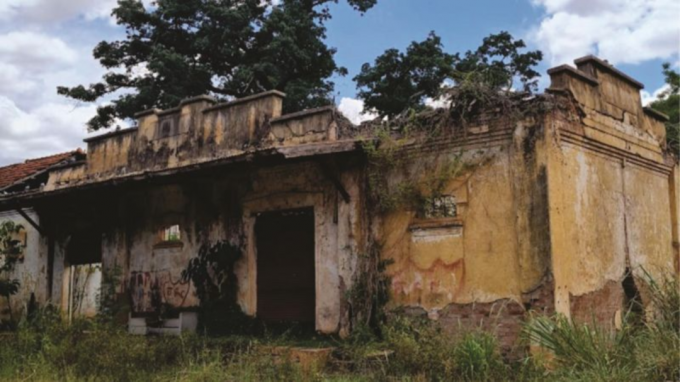
Epidemic devastated the city in the interior of São Paulo. Taken by the vegetation and with its worn paintings, the city, located in front of a railway, was evacuated by its population between the 30's and 40's.
see more
Japanese company imposes time restriction and reaps benefits
Alert: THIS poisonous plant landed a young man in the hospital

A city in the interior of São Paulo was abandoned and is currently being taken over by vegetation, with rusty signs and the absence of people. The city in question is Japurá, located in Tabapuã, in the northwest of São Paulo.
About 90 years ago, the village that is currently abandoned had about 3,000 inhabitants who survived from agriculture and bartering. However, during the 30s and 40s, Japurá suffered from an epidemic of malaria and yellow fever, which ended up causing the small population to abandon the place.
The city of Japurá was never actually emancipated and was founded shortly after the construction of the railway line from Araraquara (SP) to São José do Rio Preto (SP). This situation is similar to that of several municipalities in the interior of São Paulo, which emerged after the expansion of the Estrada de Ferro Araraquarense (EFA). Thus, Japurá was founded on November 19, 1911.
“As happened in other places in Brazil, the train made it possible for regions to be inhabited. This is what also happened in Japurá. From the creation of the railway station, immigrants and Brazilians from other regions of the country arrived and populated the place in search of work,” said Gabriella Teodoro Coelho, researcher and author of the study Japurá, do Progress ao Ruining, produced in partnership with Janaina Andrea Cucato.
There are several records that show that before being abandoned, the village had establishments such as a school, church, public jail, butchers and pharmacies. However, due to the proximity of the city to areas of forests and rivers, there were many mosquitoes that transmitted malaria and yellow fever.
The city did not have access to health services or scientific knowledge to treat diseases, not even basic sanitation, which contributed to the rapid spread of the epidemic throughout the city.
“To treat illnesses, people made home remedies or had to face hours in a cart to get to a doctor. Furthermore, there was no adequate treatment for the symptoms. All of this contributed to the rapid spread of disease in the region and claimed countless victims,” said Bellinelo.


